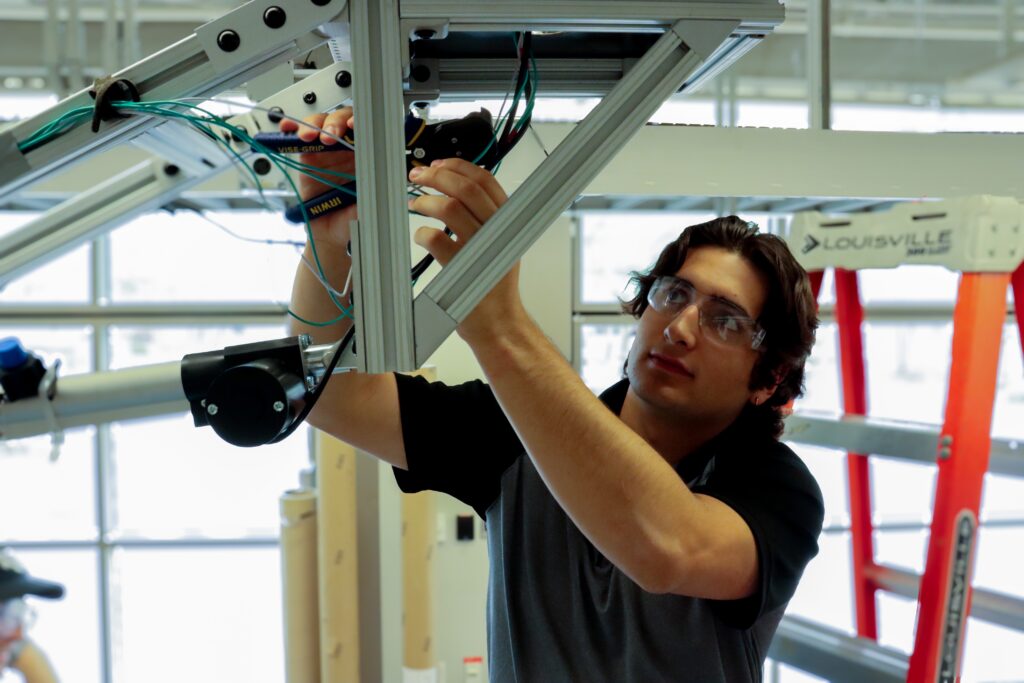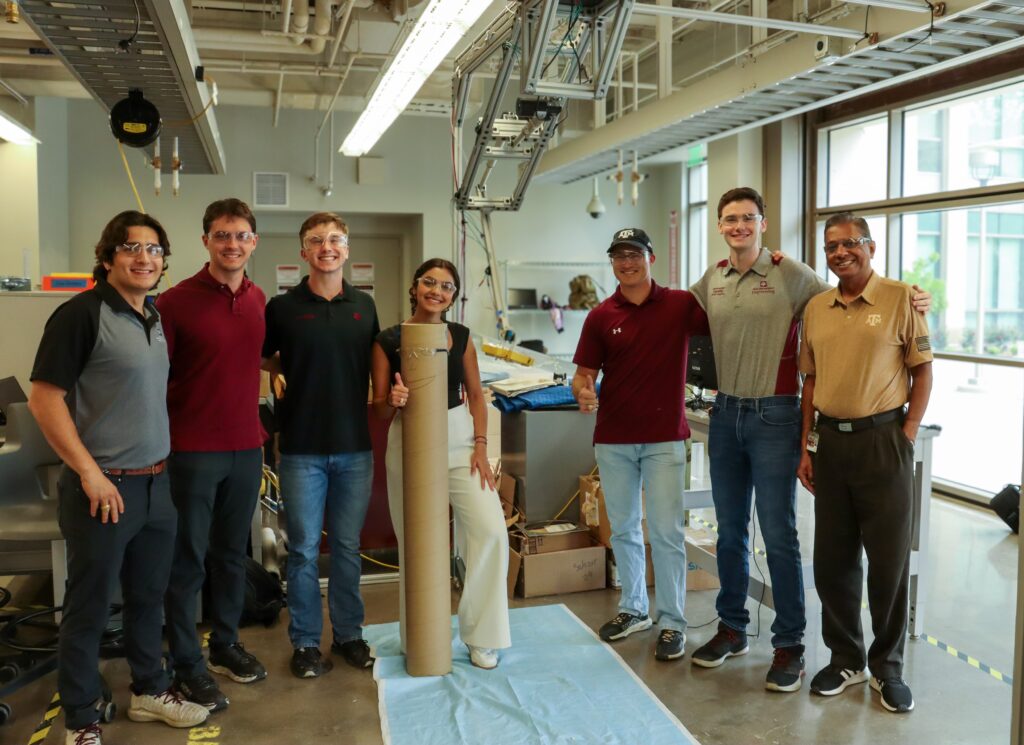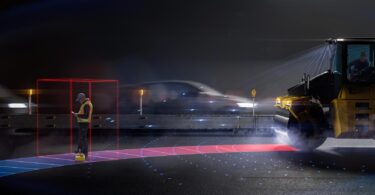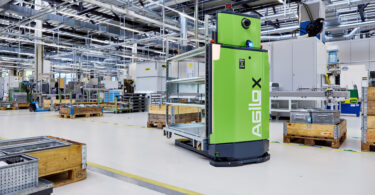The second place winners of the SICK$10K Challenge developed an innovation to an essential piece of medical technology: operating room lights.
Operating rooms and their procedures are constantly undergoing innovations with the latest medical advancements from technology, new approaches, and studies. But one part of the room continues to fly over (or under) the radar. Operating room lights must be manually constantly adjusted and oriented during surgeries. This can be distracting and even dangerous for both the staff and patient. Learn how these six students from Texas A&M University developed a solution to benefit all parties involved.
The SICK$10K Challenge provides university students from across the country with the chance to pair their drive for innovation with cutting-edge technology from SICK. Participating students in 2024 received a SICK multiScan100, a 3D LiDAR sensor that can detect objects both indoors and outdoors. The second-place winners from A&M include Rawan Al-Jubory, Carson Benner, Zach Butterfield, Connor Gilliland, Anthony Salazar, and Jack Wingard. Like most great ideas, they were triggered by a simple comment.
Why operating room lights?

Gilliland reflected on a conversation with a family friend: “They suggested the idea for my senior design project to be a surgical light that could move on its own.” Gilliland then shared the idea with his peers, and they formed a team to make the idea into reality. They developed a solution to mitigate the risk of light repositioning in operating rooms. Their solution allows the lights’ position to be corrected two different ways with the use of SICK 3D vision.
“It will track your line of sight, detect any obstacles, and avoid collisions as it repositions itself to provide continuously optimized lighting. It can also be controlled via remote control with just the press of a button,” explained Gilliland.
You may be wondering: how can the light be controlled autonomously? At the moment, the team developed a quick solution of a laser attached to safety glasses. The system will then track where the laser is pointing to offer optimized lighting. With their solution, it can move lighting anywhere in the room in under eight seconds.
Two options: autonomous or remote control
After intensive industry research, the team decided it was essential to offer both autonomous and remote controlled options. “We interviewed 30 medical professionals in veterinary and human medicine, sent out surveys, and did market analysis. What got us all really interested in the idea was learning more and hearing firsthand how it could be applied. We realized there was real potential for our solution,” said Gilliland.
After reflection about the challenge, team members recalled highlights and gave advice for future participants. “One piece of advice for future participants is to utilize the support network that is provided. There are all these technical experts at SICK there to help you out and in retrospect, I don’t think we utilized it as much as we could have,” noted Gilliland.
Team member Benner agreed: “My favorite part of the SICK$10K Challenge was meeting so many kind and extremely helpful members of the SICK team. A large part of our success came from developing relationships and problem solving with multiple company representatives, and the experience taught me that working closely with industry partners can be a great way to accelerate innovation.”

What's next for operating room lighting?
The team is currently pursuing a patent and is continuing development in Texas with a larger team of engineers. Check back for the final blog post about the third-place team in the SICK$10K Challenge!





